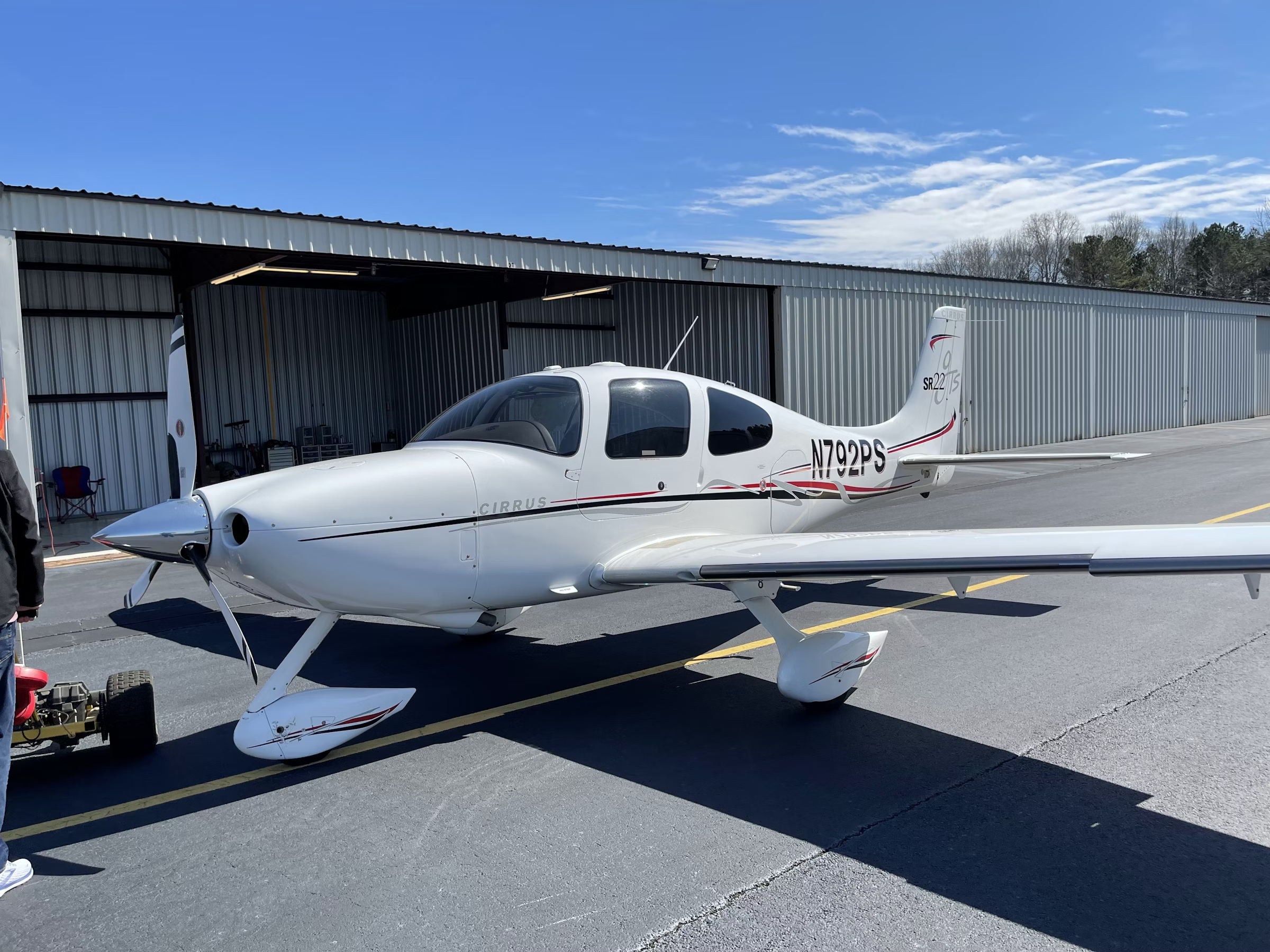Finding Your Ideal Aircraft: Take Time to Get Acquainted
Make the most of insurance-mandated instruction and solo time.

When my wife and I were shopping for an airplane last summer we checked out a Beech A36 Bonanza whose owner reminded us that it would be a big jump from our rented Cessna 172. “The Bonanza is a lot of airplane,” he said. “You’ll need training.”
I remember bristling a bit and thinking, “Doesn’t this guy know that I have my complex and high-performance endorsements?” Something about his tone seemed to suggest I lacked the right stuff necessary to handle an aircraft with retractable landing gear, a constant speed propeller, and 200-plus hp. In fact, he was simply telling the truth.
The Meaning of “Complex”
For the typical pilot who has spent years flying basic aircraft like Cessna 172s and Piper PA-28s, moving up to almost any model with more power and speed—and complex systems—can be challenging, sometimes surprisingly so. Keeping up with a new aircraft that cruises at speeds roughly 50 percent faster than the one you flew previously can seem nearly impossible at first and might make you feel like you should have stuck with something slower and simpler.
However, taking on such challenges is an essential part of pilot development that can lead to truly rewarding experiences.
After recently completing a few hours of insurer-mandated dual instruction in our newly acquired 1992 Commander 114B I began several additional hours of solo flying required before I am insured to carry passengers. At first I thought the required total of 15 hours was excessive. But almost as soon as I took off for my first solo flight in the Commander I realized that 15 hours might not be enough.
Everything Happens Faster
I managed to overshoot my first 45-degree traffic pattern entry after underestimating the airplane’s speed, as if I had never flown it before. I wound up way too close to the runway on downwind so I had to angle away before making the base turn. Another pilot was behind me in the pattern and no doubt had me in sight. I must have put on quite a show.
No matter how many hours you fly with an instructor in a complex, high-performance aircraft that is new to you, the first time you fly it solo is likely to bring a mix of feelings from joy to shock and surprise. The big difference is that you are on your own. No one is there to remind you to raise the flaps or turn off the auxiliary fuel pump after takeoff, or where to set the power for cruise. It is up to you to determine how far out to begin your descent when approaching your destination airport.
While these arguably are basic procedures, they tend to overlap in a high-performance airplane where they did not in the 172. At 10 miles out I used to key the radio to announce my pending arrival. Next I would start thinking about descending. Now I’m typically halfway through the descent when I make that call, trying to maintain a stabilized approach while also reducing airspeed—slowing down while going down. What used to be a sequence of separate events has turned into a juggle, or at least a balancing act. And much of it is happening around 140 to 150 knots instead of the 90 to 100 that I was accustomed to for years.
Take Advantage of Every Hour
I was fortunate to have perfect weather last Friday and was able to fly for several hours nearly nonstop, quickly getting a feel for soloing the Commander. After numerous approaches, my pattern work sharpened and apprehension turned to the kind of elation I last felt on my first cross-country solo flights as a student pilot.
As the shadows grew long and I headed back to Sussex Airport (KFWN) I realized the insurance company had really done me a favor. There is something special about flying solo, one-on-one with a new airplane, taking as much time as necessary to get acquainted. Although I piled on the hours last week I still have another five to go before taking any family trips. I resolve to make the most of them.

Sign-up for newsletters & special offers!
Get the latest FLYING stories & special offers delivered directly to your inbox






